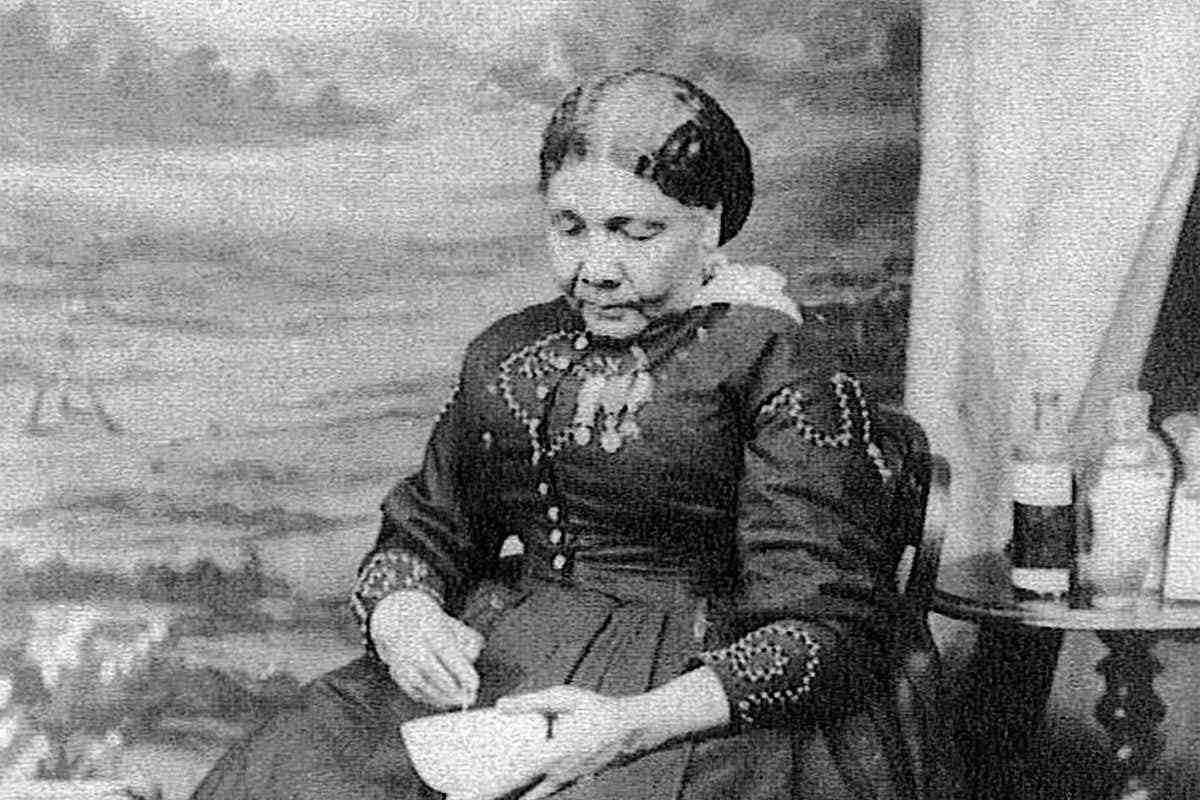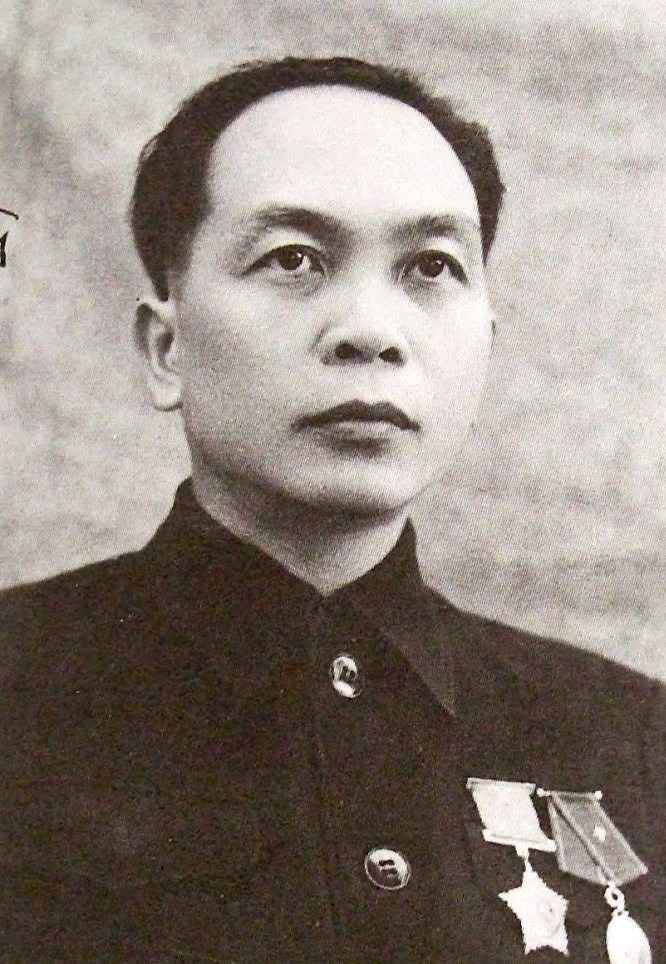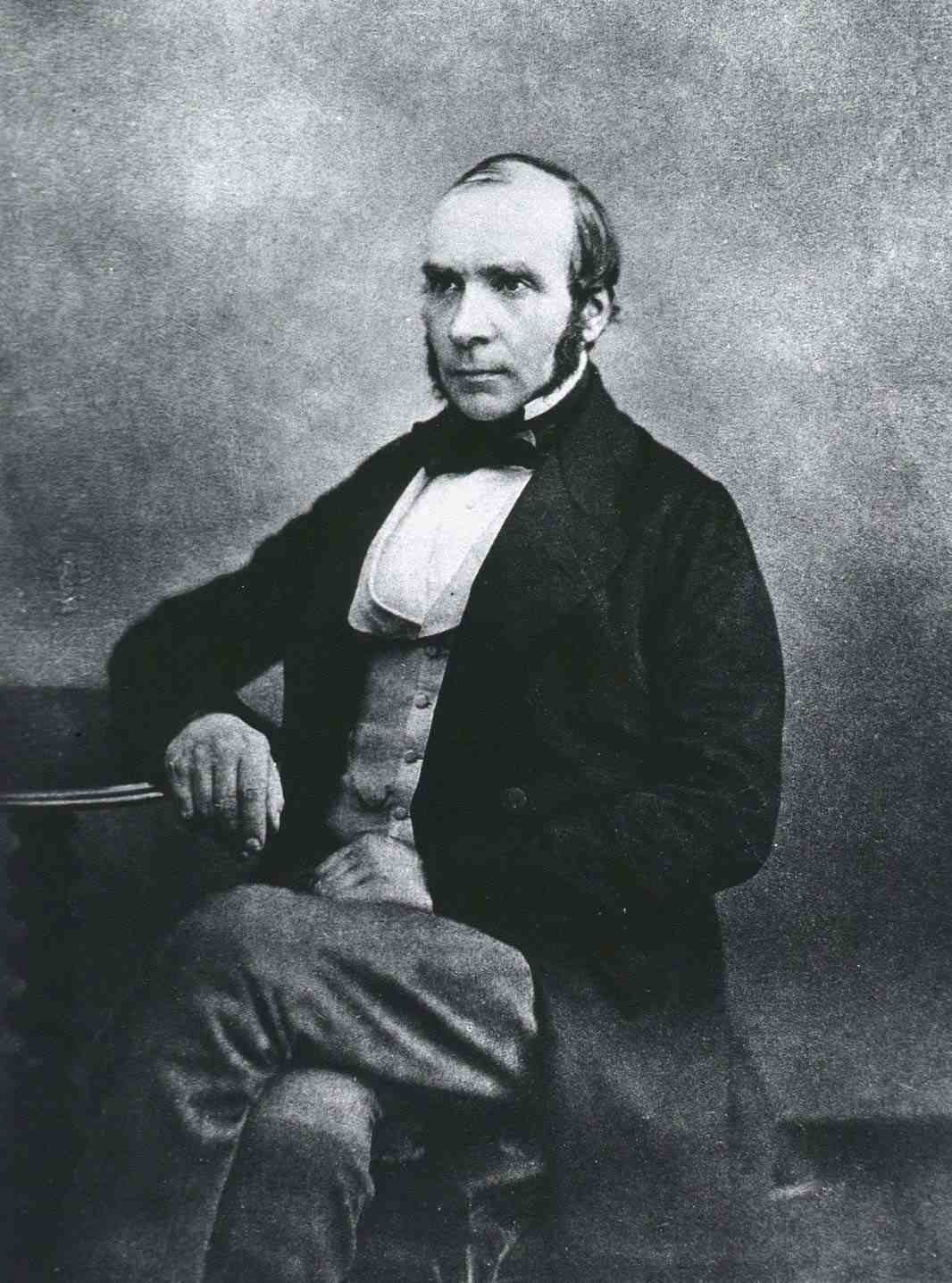12 Underrated Historical Figures Whose Contributions Deserve Recognition
Ever wondered why certain important figures in history remain underrated?
In fact, countless historical figures made great contributions, shaping our world, but never received the recognition they deserved. Often, the loudest voices get noticed, but the biggest heroes are usually the quiet ones.
These underdogs made huge sacrifices, achieved scientific breakthroughs, and contributed selflessly to society. Yet, their stories were often left out of history books, overlooked, or overshadowed by louder personalities.
If you’re a history enthusiast, prepare to be fascinated by this list below.
1. Claudette Colvin: The Overlooked Civil Rights Heroine

At 15, Claudette Colvin bravely defied racial segregation by refusing to give up her seat on a Montgomery bus to a white woman.
This act, which happened nine months before Rosa Parks’ famous protest, was a crucial moment in the civil rights movement. Parks was actually Colvin’s mentor at Booker T. Washington High School.
Colvin was arrested and faced serious consequences, but her defiance against unjust laws sparked significant change.
Her testimony in the landmark court case, Browder v. Gayle, helped end bus segregation in Montgomery, making her a key figure in the fight for African-American equality.
She did what Rosa Parks did but didn’t receive the same recognition because she was single and pregnant at the time. Despite often being overlooked, Claudette Colvin’s courage shows the powerful impact young people can have on the world.
2. Chico Mendes: Trailblazer of Environmental Activism

Chico Mendes, a rubber tapper from Brazil, became an environmental hero by fiercely defending the Amazon rainforest.
Despite his significant contributions, Mendes is often underrated. His work mainly focused on local issues in the Amazon, which didn’t initially capture global attention.
In the 1970s, Mendes fought not only to preserve the rainforest but also for the rights of the seringueiros, or rubber tree tappers, in Acre, Brazil.
Unfortunately, other environmental activists and movements have received more media coverage, overshadowing Mendes’ achievements.
His efforts drew international attention to environmental issues and the harmful effects of deforestation. Mendes’ legacy proves the power of grassroots activism, inspiring many to see conservation and sustainable living as essential for our future.
3. Rosalind Franklin: The Quiet Pioneer of DNA Research

Rosalind Franklin was a British scientist and chemist. Her careful work with X-ray images of DNA was crucial in understanding its structure. Her photographs, especially Photo 51, were key in revealing the double helix shape of DNA.
American biologist James Watson and English physicist Francis Crick are often credited with discovering DNA, but they relied heavily on Franklin’s data.
During her life and even afterward, her contributions were overshadowed by the recognition given to her male colleagues.
Even under tough conditions, Franklin’s dedication to science led to major advancements in genetics and molecular biology.
4. Granville T. Woods: The Black Inventor Often Compared to Edison
Granville T. Woods was a key African American inventor of electrical and communication systems. He secured over 50 patents despite racial barriers and earned the nickname “Black Edison.”
Woods had a passion for engineering from a young age but faced limited educational opportunities. He learned through apprenticeships and hands-on work in various industries, gaining valuable experience in electrical systems and mechanical engineering.

Woods’ key invention was the multiplex telegraph, which allowed multiple messages to be sent over one wire at the same time. This allowed moving trains to talk to each other, preventing accidents and saving countless lives.
He also invented the Synchronous Multiplex Railway Telegraph, an improved steam boiler furnace, and an automatic air brake.
Woods faced racial discrimination and legal battles to protect his patents, including a notable victory against Thomas Edison over the multiplex telegraph. Despite these challenges, he made significant contributions to technology.
5. Hypatia of Alexandria: The Forgotten Philosopher and Scientist
Hypatia of Alexandria was a prominent philosopher, mathematician, and astronomer in the late 4th and early 5th centuries. She is remembered for her contributions to science and philosophy during a time when women were rarely seen in such roles.
Born around 360 CE in Alexandria, Egypt, Hypatia was the daughter of Theon, a well-known mathematician and philosopher. She was educated in the classical Greek tradition, studying mathematics, astronomy, and philosophy.
Hypatia’s exceptional intellect and teaching ability soon made her a respected figure in Alexandria.

Hypatia’s work focused on mathematics and astronomy. She wrote commentaries on Diophantus’s Arithmetica, Apollonius’s Conics, and Ptolemy’s Almagest, making these complex works more accessible to students.
She improved the astrolabe, a device used for measuring the positions of stars, and invented the hydrometer, used to measure the density of liquids.
Hypatia lived in a time of great religious and political turmoil. As a pagan philosopher, she became a target for those who saw her as a symbol of the old ways in an increasingly Christian society.
In 415 CE, a mob brutally murdered her, marking the end of a remarkable life dedicated to learning and teaching.
6. Mary Seacole: A Nursing Innovator
Mary Seacole was a pioneering nurse whose contributions during the Crimean War earned her a place in history alongside Florence Nightingale.
Mary was the daughter of a Scottish soldier and a Jamaican mother who practiced traditional medicine. She learned nursing skills and herbal remedies from her mother, which laid the foundation for her future in healthcare.
Her mixed-race heritage and experiences across the Caribbean and Central America shaped her resilient and resourceful character.

When the Crimean War broke out in 1853, Seacole traveled to England to offer her services as a nurse but was rejected by the War Office due to racial bias.
Undeterred, she funded her own trip to the war front, where she established the “British Hotel” near Balaclava. This facility served as a medical treatment center and a refuge for sick and wounded soldiers.
Her use of herbal remedies and hands-on care earned her the soldiers’ admiration, who affectionately called her “Mother Seacole.”
Mary Seacole’s legacy as a trailblazer in nursing is now widely recognized. Her autobiography, “Wonderful Adventures of Mrs. Seacole in Many Lands,” published in 1857, brought her story to a broader audience.
7. Jean Monnet: Architect of European Unity and Peace
Jean Monnet, born on November 9, 1888, in Cognac, France, was a visionary statesman and a founding father of the European Union. His efforts were crucial in promoting peace and unity in Europe.
Growing up in a family of cognac merchants, Monnet gained early exposure to international trade and diplomacy. At 16, he left school to work in London and honed his skills in business and international relations.

After World War I, Monnet became Deputy Secretary-General of the League of Nations. His most notable achievement was the Schuman Plan in 1950, which led to the creation of the European Coal and Steel Community (ECSC), a precursor to the European Union.
This plan aimed to prevent further wars by pooling coal and steel resources between France and Germany.
Monnet faced political opposition and skepticism but persisted in advocating for economic cooperation and integration. His pragmatic approach and relentless efforts helped lay the foundations of the European Union.
Monnet’s vision promoted peace, stability, and prosperity in Europe. Known as the “Architect of Peace,” his methods of fostering cooperation remain a model for international relations.
8. Srinivasa Ramanujan: The Groundbreaking Mathematician

Srinivasa Ramanujan was a self-taught mathematical genius whose work has had a lasting impact on the field of mathematics.
Ramanujan showed an extraordinary talent for mathematics from a young age. Largely self-educated, he developed his mathematical skills by studying advanced texts on his own.
His early work, characterized by novel ideas and techniques, laid the foundation for his future discoveries.
He is best known for his work on infinite series, number theory, and continued fractions.
His collaboration with British mathematician G.H. Hardy at the University of Cambridge led to groundbreaking discoveries, including the Ramanujan-Hardy number, partitions of integers, and Ramanujan’s conjecture, which later became part of the Langlands program.
His intuitive grasp of complex mathematical concepts enabled him to make significant advances, often without formal proof, relying on deep insight and ingenuity.
Ramanujan’s life and work are celebrated through numerous awards, publications, and the biographical film “The Man Who Knew Infinity.”
9. Vo Nguyen Giap: The Strategic Genius of Vietnam
Vo Nguyen Giap, born in Quang Binh Province, Vietnam, was a military mastermind pivotal to Vietnam’s independence and reunification.
As the primary commander during the First Indochina War and the Vietnam War, his innovative strategies and determination made him one of history’s great military leaders.
Giap’s passion for education and nationalism led him to excel at the National Academy in Hanoi to become a history teacher. His political activism began in the 1930s when he joined the Indochinese Communist Party.
Imprisoned by the French for anti-colonial activities, Giap’s resolve for Vietnam’s liberation only strengthened.

Giap’s brilliance shone during the First Indochina War, particularly in the Battle of Dien Bien Phu in 1954, which ended French rule in Vietnam. His guerrilla tactics and strategic ambushes highlighted his understanding of asymmetric warfare.
In the Vietnam War, Giap masterminded the Tet Offensive in 1968, a series of surprise attacks that, despite losses, shifted public opinion and political dynamics.
Vo Nguyen Giap’s legacy as a strategic genius is celebrated globally. His tactics are studied in military academies, inspiring liberation movements worldwide.
Beyond the battlefield, Giap significantly contributed to Vietnam’s post-war reconstruction and development.
10. Katherine Johnson: The Hidden Mathematician of Space Exploration

Katherine Johnson was a brilliant mathematician whose work was crucial to NASA’s success. Her precise calculations were essential for the Mercury and Apollo missions, including the Apollo 11 moon landing.
From a young age, Katherine showed extraordinary talent in mathematics. She began high school at ten and graduated with top honors from West Virginia State College in 1937, setting the stage for her remarkable career.
In 1953, Johnson joined the National Advisory Committee for Aeronautics (NACA), later becoming NASA. She performed complex manual calculations vital for flight trajectories. Notably, she verified the calculations for John Glenn’s orbit around Earth in 1962.
As an African American woman in a predominantly white, male-dominated field, Johnson faced significant racial and gender discrimination.
However, her perseverance and exceptional skills helped her overcome these barriers, paving the way for future generations of women and minorities in STEM fields.
11. John Snow: The Pioneer of Modern Epidemiology

John Snow grew up in a working-class family and showed early interest in medicine. He apprenticed with a surgeon in Newcastle and studied in London. By 1844, he was a practicing physician known for making anesthesia safer.
Snow’s most notable achievement was during the cholera outbreaks of the 1840s and 1850s. Contrary to the prevailing “miasma” theory that cholera spread through bad air, Snow suspected a waterborne transmission.
During the 1854 Soho outbreak, he meticulously mapped cholera cases and identified a pattern centered around the Broad Street water pump.
Removing the pump handle ended the outbreak and demonstrated the critical role of clean water in disease prevention.
Snow also pushed for better waste management in London to prevent diseases. His work in epidemiology and public health, including mapping disease outbreaks, has saved millions of lives and influenced global health policies.
12. Malcolm McLean: The Innovator of Modern Shipping

Malcolm McLean revolutionized the shipping industry by inventing the intermodal shipping container in 1956. He saw the inefficiencies in traditional cargo handling as a former truck driver and trucking company owner.
His standardized metal container could easily transfer between trucks, trains, and ships without unloading, drastically reducing loading times and minimizing cargo damage.
McLean’s first container ship, the Ideal X, successfully transported containers from Newark to Houston. He worked to standardize container sizes and handling equipment, ensuring global compatibility.
This innovation lowered transportation costs, reduced shipping times, and allowed businesses to expand their markets and streamline supply chains, boosting global commerce and economic development.

